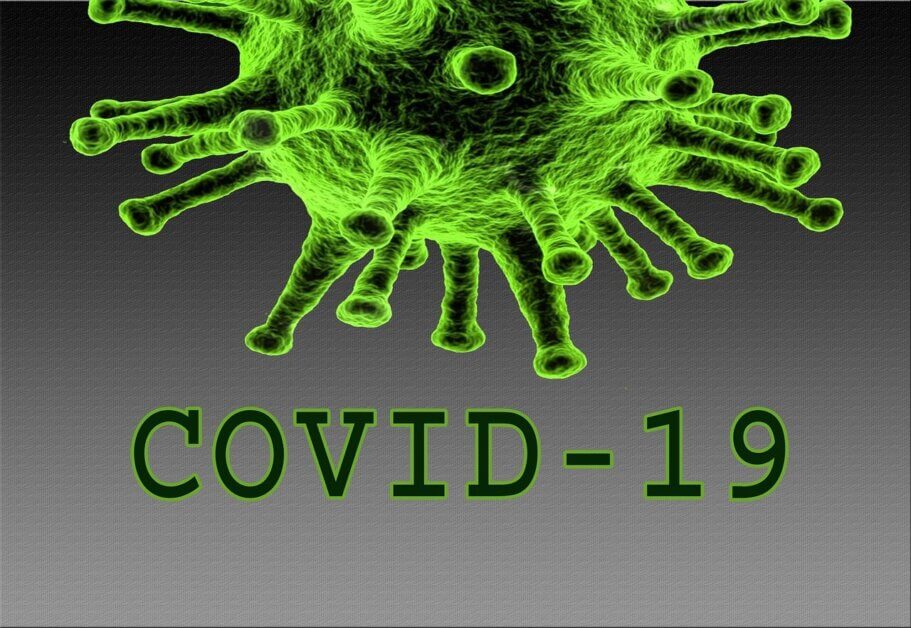Must be informed about the new COVID-19 variant — Discover updated symptoms, how COVID-19 spreads, travel guidelines, vaccine updates, and expert tips on protecting yourself, your family and others
What Is the New COVID Strain in 2025?
The new COVID-19 strain, known as KP.3 variant or “FLiRT strain”, and Omicron known as a highly transmissible subvariant. It is found and dominant as a strain in several regions, including parts of the United States, Europe, and Asia. Scientists have identified multiple mutations in the spike protein, which may affect how the virus enters into human cells and evades immune response and affects human lives.

Where Has the new COVID-19 strain Been Detected?
As of May 2025, the FLiRT/KP.3 strain has been discovered in:
- United States (notably California, Texas, and New York)
- United Kingdom
- Australia
- Japan
- South Korea
- Several EU countries
Airports and border authorities are increasing surveillance, and PCR tests now include identification in many areas.

Symptoms of the New COVID Strain
Common symptoms of the KP.3 variant are different slightly from earlier Omicron strains. New patients report as:
- Persistent cough
- Runny nose or congestion
- Light fever or chills or cough
- Headache and fatigue regularly
- Sore throat
- Aches in body
- Less commonly: shortness of breath or loss of taste/smell
Children may also experience nausea or gastrointestinal symptoms.
How Contagious Is the Latest Variant?
The latest data suggests KP.3 is more contagious than previous strains, especially in indoor and unventilated spaces. Use of Masking and distancing remain effective, but through observation vaccinations are being monitored closely.
Vaccines and the New COVID Variant
New vaccines still offer strong protection against severe illness, but boosters may be needed. Moderna and Pfizer are updating their mRNA boosters, which may be expected to roll out mid-2025. But High-risk persons must be to get the bivalent booster shot now.
Travel Restrictions and Guidelines (May 2025)
Governments are anous reintroducing selective travel policies:
- Negative COVID tests required within 48 hours for some international flights
- Use of mask mandates reinstated in airports and airplanes
- Health declarations and travel history forms enforced before travel
Travelers should check local embassy updates before departure.

Travel Restrictions and Guidelines (May 2025)
Governments are announces reintroducing selective travel policies:
- Negative COVID tests required within 48 hours for some international flights
- Use of mask mandates reinstated in airports and airplanes
- Health declarations and travel history forms enforced before travel
Travelers should check local embassy updates before departure.
The New Strain, Testing and Diagnosis
Lets know rapid antigen tests will recognize the KP.3 variant, but PCR is more accurate. A number of clinics now have variant-specific sequencing if patients test positive. Kits self-tests are also being developed for variant detection.
Experts weigh in on the new variant
Dr. Angela Lin from the World Health Organization says, “KP.3 is spreading faster. However, the tools we have access to ( vaccines, masks, hygiene ) remain effective prevention techniques.”
Experts want to remind everyone not to panic and to just follow safety guidance based on science.
Frequently Asked Questions (FAQs)
1. What is the new COVID strain called?
The latest COVID-19 strain is named NB.1.8.1, also a subvariant of the Omicron strain JN.1. This strain has been documented in various countries, including Australia, the United States, China, and Hong Kong. The World Health Organization has classified it as a “variant under monitoring” because it is spreading rapidly around the world and may evade immunity from previous infections or vaccinations.
2. What are the symptoms of the new COVID?
Symptoms of the NB.1.8.1 strain are very similar to the earlier Omicron strain with symptoms potentially including:
Runny or stuffy nose
Sore throat
Cough
Fatigue
Headache
Body aches
Nausea or diarrhea
Loss of taste or smell
3. Is the new strain of COVID stronger?
Current information suggests that NB.1.8.1 is more transmissible and may only partially evade acquired immunity from previous illnesses or vaccinations. There does not appear to be any increase in illness severity with this new strain when compared to previous versions of the virus. Experts are watching NB.1.8.1 closely.
4. How does COVID spread?
COVID-19 spreads primarily through:
Respiratory droplets and aerosols that are released when a person coughs, sneezes, talks or breathes.
Close contact with infected individuals (within 1 meter
Airborne transmission in crowded, poorly ventilated or enclosed spaces.
Contaminated surfaces through touch on surfaces with the
5. Can you be COVID-positive without a rise in temperature?
Yes, it is very likely to have COVID-19 and be asymptomatic concurrently with the absence of a fever. However, the situation with Omicron is a little bit different as quite many individuals suffer from mild symptoms like a runny and stuffy nose, sore throat, or even fatigue and at the same time are without a high temperature. Others may continue to be asymptomatic after being confirmed to be infected but are still capable of transmitting the virus.



